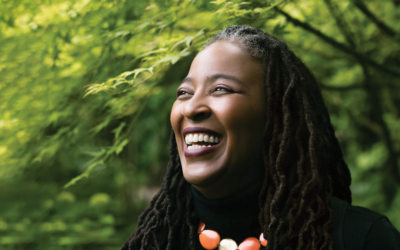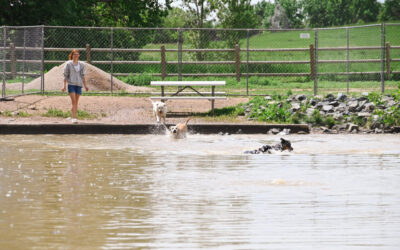Photo above: Elizabeth Skalicky and her Pretty Brainy mentor Lana Milland solder in preparation to install lighting.
Nicole Ehrhart’s mother continually told her she could be anything she wanted when she grew up.
“It didn’t occur to me that I would have limits,” said Ehrhart, a veterinary surgeon at Colorado State University.
But her experience is rare.
Far too many girls fail to get the encouragement and support they need to pursue studies in science, technology, math and engineering. And the need for that support doesn’t end when women are young.
Women succeed in STEM (science, technology, engineering and math) careers when they experience a culture of support from elementary school to midcareer.
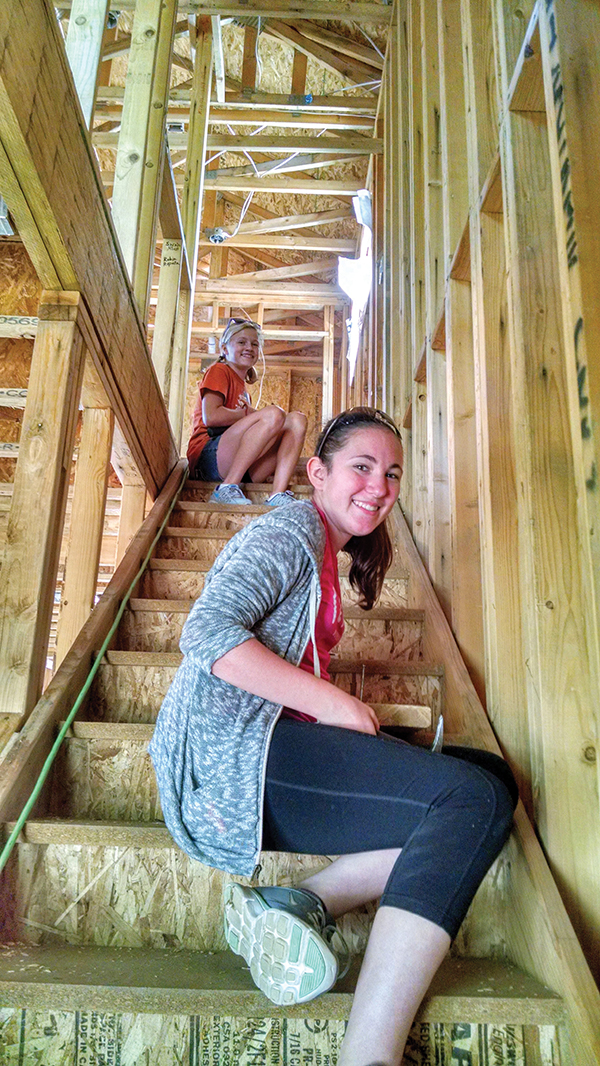
Madeleine Boyles and Autumn Gooseff—participants in Pretty Brainy—wire the stairway of a Habitat for Humanity home with safety lighting that they designed.
Fortunately, Northern Colorado has at least three groups working to provide that support:
Pretty Brainy: Heidi Olinger created Pretty Brainy, a Fort Collins-based nonprofit that has set a goal to empower 2 million girls, by 2025, to develop their STEAM—science, technology, engineering, art and math—abilities to positively impact their communities and world.
Colorado C3E: Judy Dorsey, founder of The Brendle Group energy engineering firm in Fort Collins and co-founder and executive director of the Colorado Clean Energy Cluster, led the effort to create She’s in Power. The mentoring program is designed to engage women and girls ages 13 and up in activities that expose them to role models in the clean energy workforce in Colorado.
CSU Women in Science: Candace Mathiason, a CSU associate professor who studies and teaches about infectious diseases, helped launch The CSU Women in Science Career Issues Group as a way to encourage discussions related to gender bias in science careers.
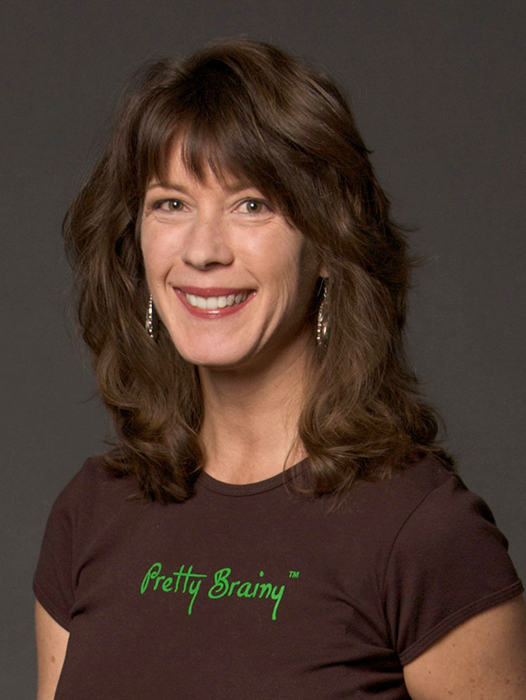
“There are fundamental differences in how men and women size up their own capabilities. If they aren’t getting a B, girls won’t continue. But a male student who is pulling a C-minus thinks he’s doing great.” —Heidi Olinger, Creator of Pretty Brainy
Girls and women especially need support during key transition points, Olinger said.
Key on that timeline: moving from elementary to middle school, starting college, starting graduate school and starting a career.
“There are fundamental differences in how men and women size up their own capabilities,” Olinger said. “If they aren’t getting a B, girls won’t continue. But a male student who is pulling a C-minus thinks he’s doing great.”
WATCH: Girls read letters from CSU scientists
The team at Pretty Brainy works to combat those perceptions by focusing on service learning, which encourages girls by letting them participate in projects where they can make a difference. For example, one team learned about re-engineering lighting solutions and then worked with Habitat for Humanity to wire the house and install the new lighting systems they had developed.
This fall, the group’s MISSion Innovation project will pull together students, mentors and innovators to develop plans to reduce carbon dioxide emissions that will help support Fort Collins’ climate action plan.
Getting started
Some girls grow up in families that study science, while others need an invitation to a world that seems strange and exotic.
Kathryn Perkins, MD, chief medical officer for Banner Health’s western region, grew up with a father who was an obstetrician and had a natural inclination to study math and science. Although her family was always very encouraging, she suspects her father was surprised she followed in his footsteps to become a doctor (one brother has a master’s degree in chemical engineering while the other became a pharmacist).
Despite her solid foundation, when she entered medical school in the 1980s, it was at a time when fewer women did so. Of her class of 200, only 20 were women. Although she suspects there were covert obstacles, she didn’t run into any head-on.
“No one told me to my face I couldn’t be a physician,” she said. “I wouldn’t have listened to them anyway.”
Dorsey was introduced to engineering when she was 17. Growing up in St. Louis, she was invited to attend a field trip at Anheuser-Busch at a time when the brewer was trying to recruit more women into engineering. “That was the first time I even knew what an engineer was,” she said. “It was the same year the (St. Louis Cardinals) won the World Series. To me, the message was ‘we’re welcome, it’s fun and it’s about winning.’”
One of four women in her graduating class of 40 mechanical engineers in the late 1980s at Northwestern University, Dorsey is disappointed those numbers haven’t changed, and few women pursue degrees and careers in mechanical or electrical engineering.
Getting established
Julie Dunn, MD, a surgeon and director of trauma research at UCHealth Medical Center of the Rockies, said she faced some resistance when she chose to become a surgeon nearly 20 years ago. “There was an idea that if you also wanted to have children, you were less than wedded to your profession.”
Perkins discovered as a young doctor she had fewer opportunities for camaraderie with her male colleagues because they excluded her from their poker nights or golf outings. Instead, she bonded more with the nurses.
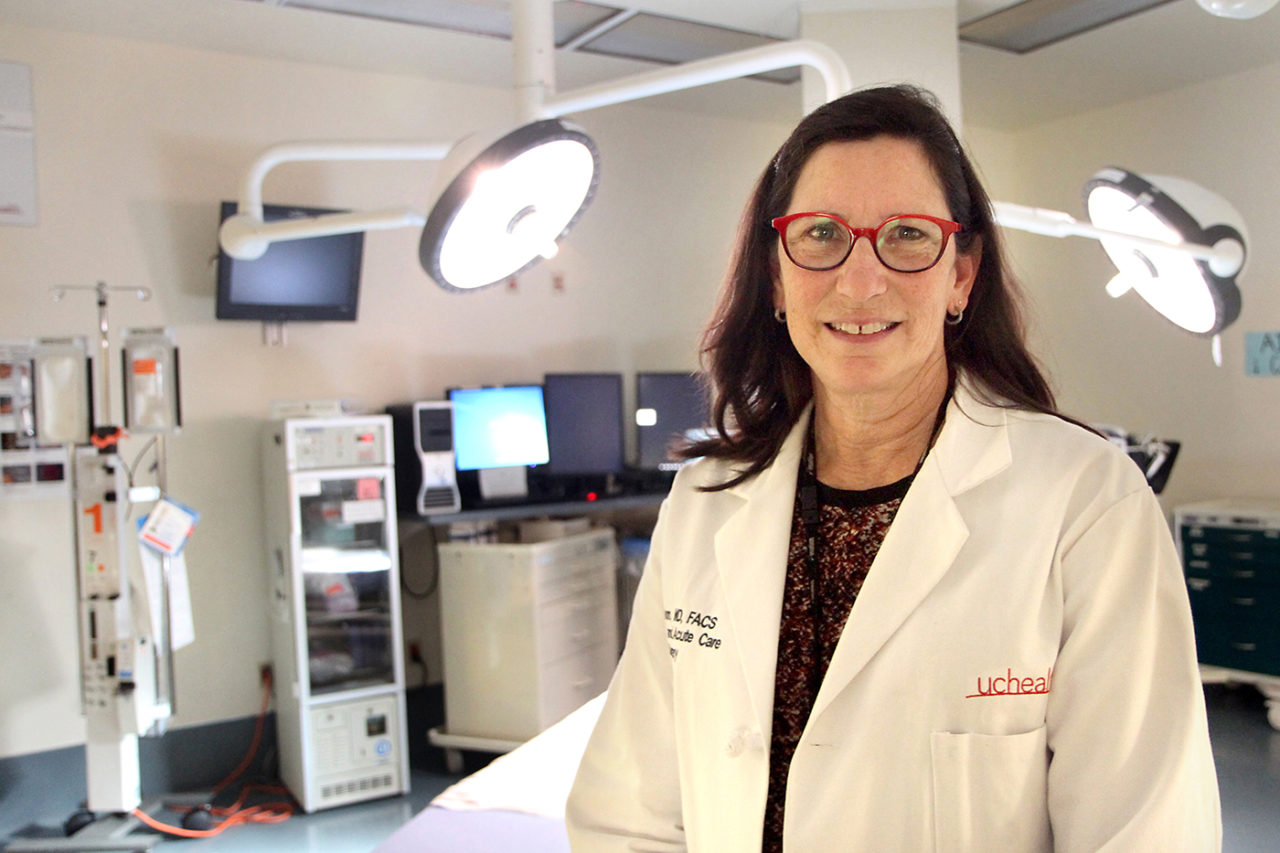
“The general population is coming to understand women are equally
capable as surgeons.” —Julie Dunn, MD., Surgeon and director of trauma research at UCHealth Medical Center of the Rockies
Women still struggle to start their medical practices. A 2017 study from Harvard University found that between 2008-12, referrals to female surgeons dropped by nearly 35 percent after a patient died, while male surgeons saw no such change. The reverse was true for good outcomes. Male surgeons benefit more from good patient outcomes. Ultimately, that could mean more patients are treated by mediocre male surgeons instead of superior female surgeons.
“The general population is coming to understand women are equally capable as surgeons,” said Dunn.
The best thing female surgeons can do is focus on doing their jobs well. “The worst thing you can do is have a chip on your shoulder,” she said. “You need to keep training up and doing a good job.”
Giving back
While having support and encouragement from other women is essential, to be successful, women in STEM careers also need to have the support of their male colleagues and superiors.
“Women need to see other women who have succeeded so they can learn from their mistakes and their successes,” Mathiason said. “But we also need mentors who are men. We don’t work in a vacuum.”
She said having professionals from both sexes has been especially useful in CSU’s small career groups. “One of the things that’s been pivotal for me is realizing men have very different perspectives and communication styles.”
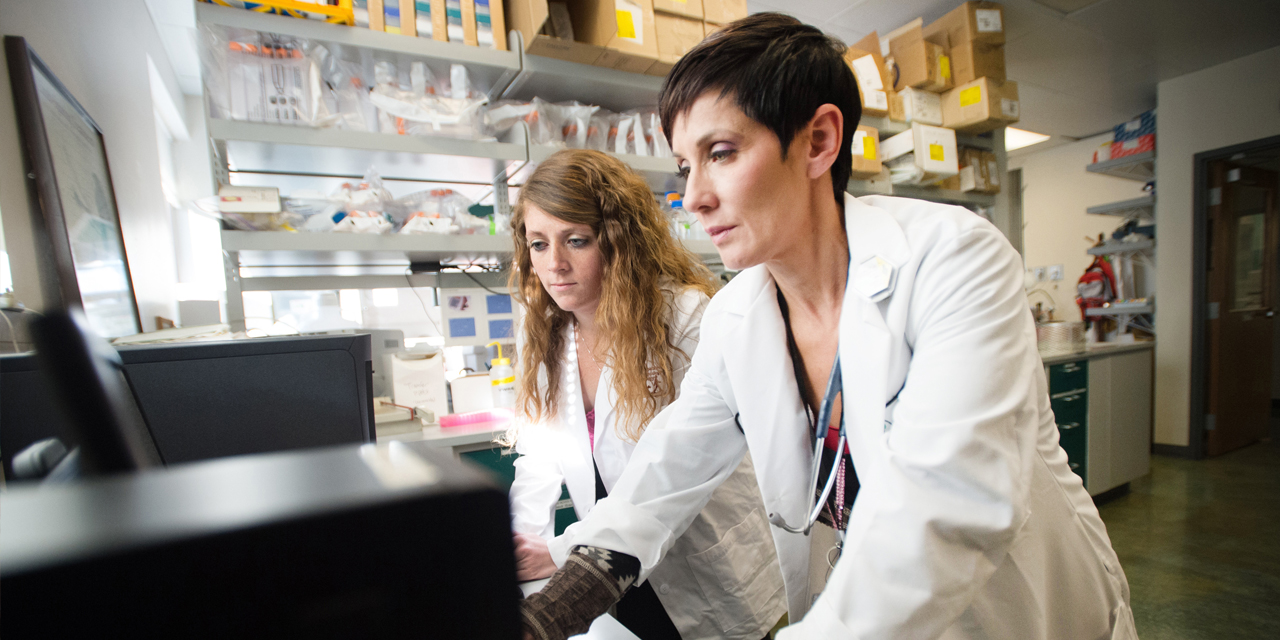
Nicole Ehrhart (right), a veterinary surgeon at Colorado State University, with Kaitlyn McNamara, a vet student. Ehrhart was the first female professor at CSU to be named to an endowed chair.
For example, women will spend hours analyzing something that’s happened while men consider the issue decided and move forward, Mathiason said.
Perkins said she’s made it part of her mission to serve as a mentor or “encourager” for younger physicians. “It’s really about helping them navigate the next step, so they can move forward as leaders.”
At the Brendle Group, there are no supervisors, but everyone has a mentor, Dorsey said.
“It’s the best practice for professional development,” she said.
Women are more motivated when they are doing work that makes a difference.
“They want to do well in their profession, but they also want to do good, to make life better for their children and other children,” she said.
For Mathiason, a single mom who spent 20 years managing a laboratory and went back to school to get her doctorate in her late 40s, the bottom line is encouraging curiosity.
“We need to encourage young girls to ask questions, be innovative and continue to be curious,” she said. “It’s a lifelong process of finding like-minded people who will challenge and encourage you.”
Get involved
• MISSion Innovation: Mentors and volunteers are encouraged to register at prettybrainy.com/mission-innovation-mentors-volunteers for the Pretty Brainy all-woman innovation marathon where high school and college students will be collaborating for climate action. The event is scheduled for 8 a.m.-8 p.m., September 22-23, at Colorado State University in Fort Collins.
• She’s in Power: Sign up to become a mentor or mentee at http://coloradoc3e.org/shes-in-power/.
• Career Issues Group: Use Colorado State University’s kit at https://womeninscienceci.colostate.edu/ci-starter-kit/ to start your own career issues discussion group.
Sara B. Hansen is a former editor for the Coloradoan. To comment on this article, send an email to letters@nocostyle.com.


